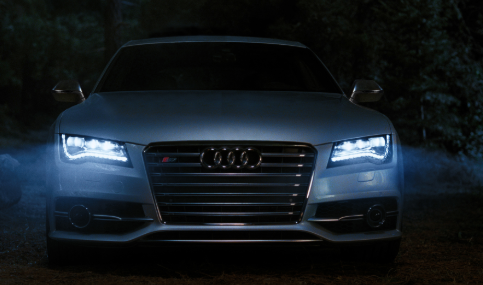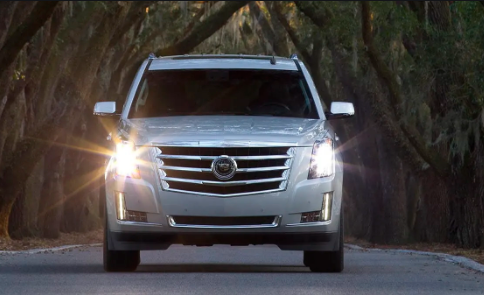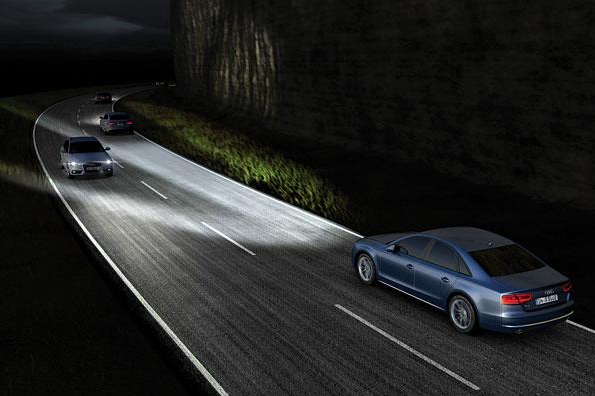Headlight specifications and regulations can adjust by the standards and requirements of each state. Still, all car lights fall under the jurisdiction of the Federal Motor Vehicle Safety Standard, following the provision of number 108. Although many states differ in their interpretation of the headlights specifications, they all fall within the guidelines established by federal authorities.

Headlight Position and Number
Taking the laws regarding Connecticut headlights, for example, the specifications indicate that all motor vehicles, except motorcycles, must show two low beam h11 led bulbs with one on each side of the front end of the vehicle. They must be mounted no more than 54 centimeters high above the road surface, and no less than 22 centimeters above the surface. Motorcycles must equip with a led car headlight.
The intensity of the headlight and color
Except for motorcycles, each vehicle will have mounted lamps that will emit a white or amber light that can see from at least 1000 feet from the front of the vehicle. A red rear light will mount that can see from at least 1000 feet from the rear end of the vehicle. All lamps must be dimmed or turned off in any vehicle in a parked state. Only white, yellow or amber-colored lights may come from the front of the vehicle unless the Department of Motor Vehicles has issued a special permit.

Auxiliary or high beams
A combination of auxiliary headlights, or high and low beams, must be accessible to the driver through a switch that allows the driver to select the beam for different lifting requirements. The height requirements of high beams must adhere to specific limitations following the law. The upper beam, or high beam illumination, must be powerful enough to be seen from a distance of 500 feet in all weather conditions. The low intensity, or low lights, will have an intensity allowing the vehicle to be seen from a distance of 100 feet, while placed on a level and straight road. The road light cannot be allowed to strike the eyes of an approaching driver.
The use of the composite or high beam
When driving on the shoulder of a road or a road when the h11 car headlights must be on, the driver must select the high beam lights beam to illuminate people and vehicles at a safe distance. However, when approached within 500 feet of vehicles or people, you have to turn off the lights. So that they do not dazzle with people or the visibility of the driver in the opposite direction. When approaching another vehicle at least 300 feet behind, the driver will dim or change the lights for the low beam adjustment.

Additional lamps
Vehicles equipped with auxiliary lamps, a spotted light, or any other lights used for lighting or clearance should not emit a beam with an intensity of more than 300 wattage candles. Such vehicles will restrict to four such lighting devices, in addition to regular lighting equipment.
Federal Lighting Specifications
Upper beams should vary from 20,000 to 75,000 intensity candles for each lamp. The lowest beam will range between 15,000 and 20,000 intensity candles for each lamp. These restrictions apply to types two or light 2A classifications.
Type 1 or 1A limitations for lighting stipulate a top beam that will be in the range of 18,000 to 60,000 candle intensity for each lamp.
